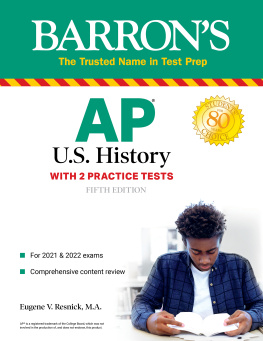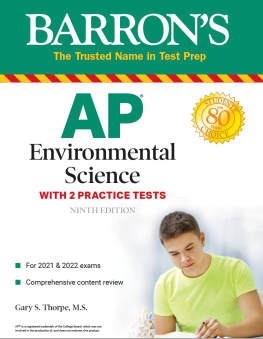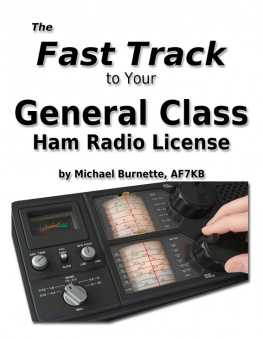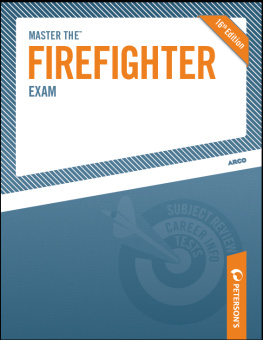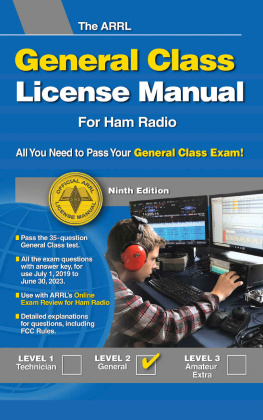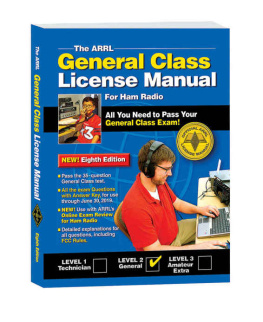No-Nonsense General Class License Study Guide
for tests given given between July 2015 and June 2019
Dan Romanchik, KB6NU
Copyright 2015 Daniel M. Romanchik
All rights reserved. No part of this publication may be reproduced, stored in a retrieval system, or transmitted in any form or by any means, electronic, mechanical, recording or otherwise, without the prior written permission of the author.
Electronic version 1.0, May 18, 2015
Table of Contents
UPGRADING TO GENERAL CLASS
As you probably know by now, there are three amateur radio license classes: Technician, General, and Amateur Extra. The Technician Class license is the license that most beginners get, and many amateur radio operators never go any further. While there are plenty of fun things that you can do with a Technician Class license, upgrading to General will allow you to do many more things. Most notably, when you pass the General Class license test, legally referred to as Element 3, you can operate phone and digital modes in parts of all the HF (shortwave) bands.
Like the Technician Class test, the General Class test is a 35-question, multiple-choice examination. You must score at least 75% on the test, meaning that you must answer 26 of the 35 questions correctly.
The test is more difficult from a technical point of view than the Technician Class license, but you don't need an engineering degree to pass the test. With a little bit of study, using this study guide, you can feel confident about passing the test.
To obtain a General Class license, you must pass the Technician Class test in addition to the General Class test. If you dont already have a Technician Class license, you might want to download the No-Nonsense, Technician Class License Study Guide from http://www.kb6nu.com/study-guides/.
Where do I take the test?
Amateur radio license examinations are given by Volunteer Examiners, or VEs. VEs are licensed radio amateurs who have been trained to administer amateur radio tests. To find out when the VEs in your area will be giving the test go to the American Radio Relay League's (ARRL). On the Exam Session Search page (http://www.arrl.org/arrl/vec/examsearch.html), you will be able to search for test sessions that are close to you. If you do not have access to the Internet, you can phone the ARRL at 860-594-0200.
Can I really learn how to be an amateur radio operator using this simple study guide?
Yes and no. This study guide will help you get your license, but getting your license is only the beginning. There is still much to learn, and to get the most out of your General Class license, you will have to continually learn new things. This study guide will teach you the answers to the test questions, but not give you a deep understanding of electronics, radio, or the rules and regulations.
One way that you can explore the topics in this study guide further is to do Google searches as you read a particular section. For example, as you read the section on Yagi antennas, search for yagi antenna to get more detailed explanations and to find images of Yagi antennas. You may even find YouTube videos that show you how to build a Yagi antenna.
Of course, after you get your license, you'll be able to use it to good effect. I hope that by helping you get your license youll be encouraged to become an active radio amateur and get on the air, participate in public service and emergency communications, join an amateur radio club, and experiment with radios, antennas, and circuits. These are the activities that will really help you learn about radio in depth, and in the end, help you be confident in your abilities as an amateur radio operator.
How do I use this manual?
Simply read through the manual, search the Internet as noted above, and take some online practice tests. You will find the answers to questions in bold. Question designators, such as (G5A07) appear at the end of sentences. This is so you can refer to actual question in the question pool, if you would like to. You can take practice tests online at QRZ.Com, AA9PW.Com, and several other websites.
Good luck and have fun!
I hope that you find this study guide useful and that youll upgrade to General. The General Class license will allow you to do more things, meaning that youll learn new things.
If you have any comments, questions, compliments or complaints, I want to hear from you. E-mail me at cwgeek@kb6nu.com. My goal is to continually refine this study guide and to continually make it better.
73!
Dan Romanchik KB6NU
cwgeek@kb6nu.com, Twitter: @kb6nu
ELECTRICAL PRINCIPLES
Reactance; inductance; capacitance; impedance; impedance matching
In direct-current (DC) circuits, resistance opposes the flow of current. In alternating current (AC) circuits, both capacitors and inductors oppose the flow of current. Reactance is opposition to the flow of alternating current caused by capacitance or inductance. (G5A02) We use the letter X to stand for reactance. Ohm is the unit used to measure reactance. (G5A09)
Reactance causes opposition to the flow of alternating current in an inductor. (G5A03) The reactance caused by a capacitor or inductor depends on the frequency of the AC source. You calculate the reactance caused by an inductor with this equation:
X L = 2fL
where X L is the inductive reactance, f is the frequency of the AC source, and L is the inductance in henries. As the frequency of the applied AC increases, the reactance of an inductor increases. (G5A05)
Reactance causes opposition to the flow of alternating current in a capacitor. (G5A04) You calculate the reactance caused by a capacitor with this equation:
X C = 1/(2fC)
where X C is the capacitive reactance, f is the frequency of the AC source, and C is the capacitance in farads. As the frequency of the applied AC increases, the reactance of a capacitor decreases. (G5A06)
Resistors also oppose the flow of current in an AC circuit. When an AC circuit contains both resistance and reactance, we call the combination of the two impedance. Impedance is the opposition to the flow of current in an AC circuit. (G5A01) Ohm is the unit used to measure impedance. (G5A10)
When setting up an amateur radio station, it is important to know the input and output impedances of devices and circuits that you will connect together. When these two impedances are equal, they are said to match one another. For example, when the output impedance of a transmitter is 50 ohms and the input impedance of an antenna is 50 ohms, they match one another.
If the output impedance of a circuit or device (often called the source) does not match the input impedance of the circuit or device that you connect to it (often called the load), the source will not deliver the maximum amount of power to the load. Impedance matching is, therefore, important so the source can deliver maximum power to the load. (G5A08) When the impedance of an electrical load is equal to the internal impedance of the power source, the source can deliver maximum power to the load. (G5A07)
Impedance matching is so important that engineers have devised several different types of circuits and devices to match impedances. All of these choices are correct when talking about devices that can be used for impedance matching at radio frequencies (G5A13):
- A transformer
- A Pi-network
- A length of transmission line
One method of impedance matching between two AC circuits is to insert an LC network between the two circuits. (G5A11) LC circuits consist of inductors and capacitors and are often used between two circuits operating at radio frequencies, or RF.
You can also use a matching transformer between two RF circuits. One reason to use an impedance matching transformer is
Next page

